Pears belong to the Rosaceae family, which includes other fruits such as cherries and raspberries, and even nuts like almonds. They come in two basic varieties: Asian and European. Asian pears generally offer a firm, crisp texture, while the European type becomes soft and juicy when allowed to ripen.
From the stem down, most pears are narrower at the top than at the bottom. The color differs depending on the variety. Bartlett pears can be yellow or red, while Taylor’s gold pears are golden brown. Meanwhile, Comice pears have red and green skins.
While one of the most satisfying aspects of eating a pear is its lusciously sweet flavor, there’s also a curiously grainy texture that helps make this fruit distinctive.
While this may make it more difficult to determine maturity, you’ll know pears are ripe and ready to eat when they give in to slight pressure when pressed near the stem. To slow the ripening process and preserve optimal nutrients, the fruits can be refrigerated until you’re ready to consume them.
Whatever type you prefer, pears are excellent for snacking, adding to garden salads or mixing with other fruits such as pineapples, peaches or mangoes for a fruit salad. Overripe pears can be used to make jam or added to baked goods.
Health Benefits of Pears
While pears can’t boast of an impressive amount of any one nutrient, they do contain a wide array of vitamins and minerals. Pears contain good amounts of calcium, iron, potassium and magnesium, along with B-vitamins like folate, riboflavin and pyridoxine (vitamin B6). This translates to lowered incidences of painful colitis, rheumatoid arthritis and gout.
A 100-gram serving of pears contains 4.3 milligrams of vitamin C, which is good for helping fight infection throughout the body, and 4.4 micrograms of vitamin K, for helping build and maintain bone strength.
What pears don’t have is almost as important: They’re completely fat-free, but the dietary fiber content eclipses all of their other attributes with 3.1 grams of the same serving. As a nutrient-dense food, eating a pear is a great option when you’re looking to limit your calorie intake — the dietary fiber helps you feel fuller longer, which helps you watch your weight.
The hydroxycinnamic acid and hydroxybenzoic acid in pears are linked to a lowered risk of cancer. Flavonols such as quercetin, and carotenoids like lutein and zeaxanthin, provide additional health benefits like lowered cancer, Type 2 diabetes and heart disease risks.
As good as pears’ flesh is for you, the peel is even better with nearly quadruple the phytonutrients, including the flavonols and cinnamic acid. Along with vitamins C and A, these compounds help keep the body protected from harmful free radicals.
Loaded with free radical-neutralizing antioxidants, pears are high on the Oxygen Radical Absorbance Capacity (ORAC) list — green pears with 2,201 and red Anjou pears with 1,746.
However, be sure to consume pears in moderation, as they contain fructose, which can be harmful to your health in excessive amounts. You should also buy them organic, as they are included in the Environmental Working Group’s (EWG) Dirty Dozen list, meaning conventionally grown varieties are loaded with pesticides.
Pears Nutrition FactsServing Size: 3.5 ounces (100 grams), raw |
||
| Amt. Per Serving |
% Daily Value* |
|
| Calories | 57 | |
| Total Fat | 0.14 g | |
| Saturated Fat | 0.022 g | |
| Trans Fat | ||
| Cholesterol | 0 mg | |
| Sodium | 1 mg | |
| Total Carbohydrates | 15.23 g | |
| Dietary Fiber | 3.1 g | |
| Sugar | 9.75 g | |
| Protein | 0.36 g | |
| Vitamin A1 µg | Vitamin C | 4.3 mg |
| Calcium9 mg | Iron | 0.18 mg |
Studies on Pears
Research has determined that it’s the variety of pear rather than its maturity that dictates its phenolic strength. The caffeic acid derivatives catechin, epicatechin and quercetin were the most prominent.
Eating more anthocyanin-rich fruits — specifically blueberries, apples and pears — was found to be significantly associated with a lowered risk of Type 2 diabetes. According to the study authors:
“… [O]ur data suggest an inverse association between intake of anthocyanins and anthocyanin-rich foods (e.g., blueberries and apples/pears) and T2DM in U.S. men and women. It is possible that these findings reflect other dietary components that coexist in anthocyanin-rich foods, and randomized trials will be needed to establish the effects that can be specifically attributed to anthocyanins.”
Pears Fun Facts
The first mention of pears is pinpointed to Southeast Asian regions. They were first cultivated in Europe around 1000 B.C., while Asian pears were cultivated in China as early as 1134 B.C. North American pear trees weren’t planted until 1630 in the Massachusetts Bay colony.
Summary
Pears provide various nutrients, which include minerals (iron, potassium and magnesium), several B vitamins, healthy acids and powerful polyphenols, as well as vitamins C, A and K. There are two types: the firmer, crispier Asian pear and the juicier European cultivars.
The health benefits that the nutrients in pears may deliver include the ability for your body to fight infection, diabetes, cancer, colitis, rheumatoid arthritis and gout. Pears are exceptionally high in fiber, which keeps your digestive system regulated.
With all this going for them, it’s no surprise that Homer’s “Odyssey” referred to pears as a “gift from the gods.”

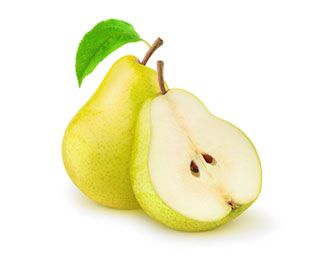
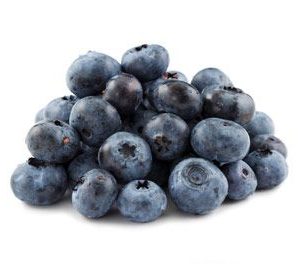
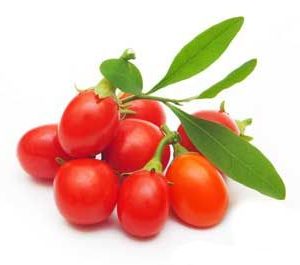
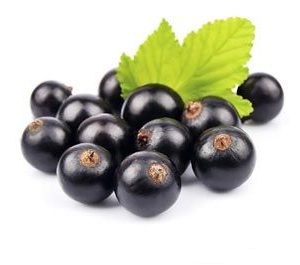
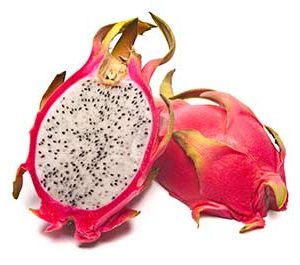
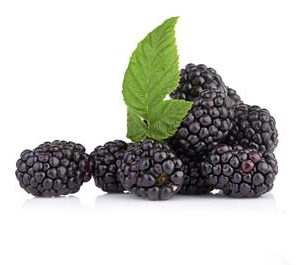
Reviews
There are no reviews yet.